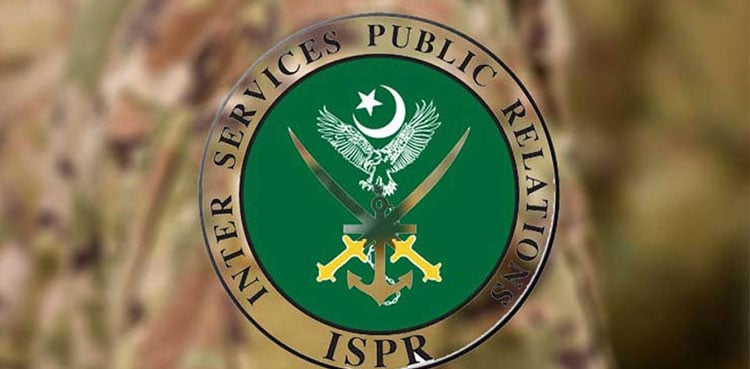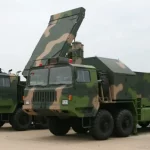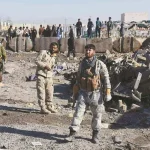In the wake of India’s precision missile strikes under Operation Sindoor, Pakistan’s Inter Services Public Relations (ISPR) has come under scrutiny for allegedly spreading disinformation. Indian defense authorities have categorically dismissed ISPR’s claims as false and misleading, accusing Pakistan’s military media wing of fabricating reports to create panic and confusion.
The ISPR has circulated reports claiming that the Pakistan Air Force struck the Srinagar Airbase, attacked 15 locations inside India, and destroyed an Indian Army Brigade Headquarters. Indian forces have strongly refuted all these claims, labeling them as part of a targeted propaganda campaign.
Operation Sindoor was launched early on Wednesday in retaliation for the deadly terror attack in Pahalgam, Jammu & Kashmir, on April 22, which killed 26 people, mostly tourists. Indian missile strikes were directed at terror camps and infrastructure across Pakistan and Pakistan-occupied Kashmir (PoK), from where, according to Indian officials, attacks on India were being orchestrated.
Following the strikes, Pakistan Prime Minister Shehbaz Sharif condemned India’s actions, calling them an “act of war” and asserting that Pakistan had the right to deliver a “befitting reply.” He claimed that Indian missiles struck five locations within Pakistan, a charge that has further escalated rhetoric between the two nations.
In response to the April 22 attack, India also initiated a range of diplomatic and strategic measures, including suspending the Indus Waters Treaty, closing the Attari-Wagah land border crossing, and downgrading diplomatic ties with Islamabad.
Prime Minister Narendra Modi, in a meeting with top defense officials, granted the armed forces “complete operational freedom” to determine the scale, targets, and timing of India’s response. The government’s stance underscores its resolve to confront cross-border terrorism with decisive military and strategic actions.
The ongoing narrative war between India and Pakistan now extends beyond the battlefield, with information and disinformation playing a key role in shaping public perception amid a volatile and rapidly evolving security environment in South Asia.













